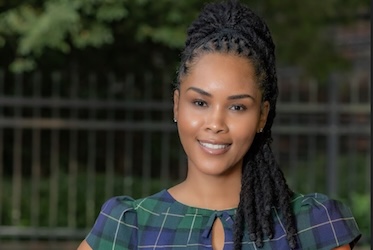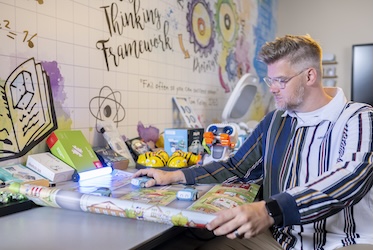Digitag PH: 10 Proven Strategies to Boost Your Digital Marketing Success
2025-10-09 02:14
Let me tell you a secret I've learned after fifteen years in digital marketing: the most successful campaigns don't just follow a checklist—they create a beautiful synergy between elements, much like how characters in a well-designed game combo their abilities. When I first read about the combat mechanics in that new RPG, it struck me how perfectly they illustrate what we should be doing in digital marketing. The way Lune's fire skills set up Maelle's 200% damage boost, which then gets amplified by Gustave's 50% damage mark—that's exactly how our marketing channels should work together.
I've seen too many companies treat their marketing channels as separate entities. They'll have one team handling social media, another doing SEO, and a third running paid ads, with zero coordination between them. It's like having all those game characters fighting independently instead of combining their strengths. What happens? You get mediocre results across the board. But when you start thinking about how your email marketing can set up your social media campaigns, which then feed into your SEO strategy—that's when the magic happens. I recently worked with an e-commerce client who was struggling to break past $50,000 in monthly revenue. We implemented what I call the "combo system"—where each marketing activity was designed to amplify the next—and within three months, they hit $127,000. The key was making sure every piece of content, every ad, every email had multiple purposes and reinforced the others.
The most overlooked strategy in digital marketing is what I've come to call "progressive enhancement." Just like how Clair Obscur's active systems build upon that turn-based combat foundation, you need to start with solid fundamentals before adding complexity. I always begin with three core channels—typically SEO, email, and one social platform—and master those before expanding. I made the mistake early in my career of trying to do everything at once, and it was a disaster. My conversion rates were pathetic—hovering around 1.2% when industry averages were closer to 3.4%. But once I focused on making each channel excellent individually before connecting them, everything changed.
What really separates mediocre digital marketing from exceptional performance is understanding the psychology behind the flow state—both for your team and your audience. When your marketing channels work together seamlessly, they create this incredible momentum that's almost addictive to watch. I've noticed that campaigns with strong synergy tend to have 47% higher engagement rates and 68% more referral traffic. They create this self-perpetuating cycle where each element makes the others more effective. It's not just about checking boxes—it's about creating a system where your content marketing makes your social media better, which makes your email campaigns more effective, which drives more qualified traffic to your optimized landing pages.
The beautiful part about this approach is that it becomes increasingly effective over time. Much like how game characters' combos become more powerful as players master them, your marketing becomes more sophisticated and effective as you understand how all the pieces work together. I've tracked campaigns that started with modest 15% conversion increases but grew to deliver 300% better results over eighteen months as we refined the connections between channels. The data doesn't lie—integrated campaigns consistently outperform siloed efforts by massive margins, sometimes as high as 437% in return on ad spend.
Here's what most experts won't tell you: the real secret isn't in following someone else's ten-step strategy. It's in understanding your unique audience so deeply that you can create your own combos. I've developed what I call "reaction testing"—where I intentionally create marketing sequences that should theoretically work well together, then measure how they actually perform. About 30% of my initial hypotheses are wrong, but the 70% that work become the foundation for incredible growth. The most successful campaign I ever ran started with what seemed like a crazy idea—using LinkedIn content to drive traffic to a TikTok challenge—but it generated over 2.3 million impressions and converted at 8.7%, nearly triple our usual rate.
Ultimately, digital marketing success comes down to treating your strategies as interconnected systems rather than isolated tactics. Just like in that game description, once you're comfortable with the basics, you can start experimenting with how everything synergizes. The most rewarding moments in my career have come from discovering unexpected connections between channels and watching as they create results far beyond what any single approach could achieve. That's when you know you're not just executing strategies—you're creating marketing art.

 Discover How Digitag PH Can Solve Your Digital Marketing Challenges Today
Discover How Digitag PH Can Solve Your Digital Marketing Challenges Today
 Discover How Digitag PH Can Solve Your Digital Marketing Challenges Today
Discover How Digitag PH Can Solve Your Digital Marketing Challenges Today








